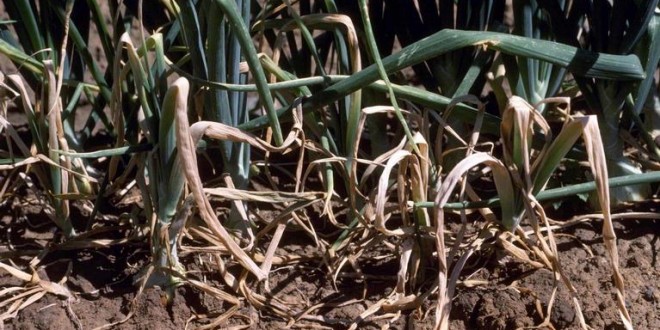-
Thrips are small and soft-bodied insects and can be found on the upper surface of leaves but usually on the lower surface of leaves.
-
With their sharp mouthparts, they suck the sap of the leaves, which causes the leaves to turn brown on the edges.
-
The affected plant appears dry and the leaf becomes discoloured and curls upwards. This insect is the cause of Jalebi disease in onion crops.
-
For the control of thrips it is necessary to use different chemicals for every spray.
Control Measures
-
For biological control, spray Brigade B (Bavaria bassiana 1.15% WP) @ 1 kg/acre @ 150 -200 liters of water.
-
To control this pest, Spray Novalaxam (Thiamethoxam 12.6% + Lambda Cyhalothrin 9.5% ZC) @ 60 ml or Jump (Fipronil 80% WG) @ 30 gm + Silicomaxx @ 50 ml + Novamaxx (Gibberellic Acid 0.001%) @ 300 ml, per acre @ 150 to 200 liters of water.
ShareFor more such important information related to the agriculture sector, keep reading the articles of Gramophone daily. If you liked today’s information, then do not forget to like and share


